9th February, 2024
The Year of The Dragon – The Cusp of a New Cycle
“January 23, 2012 to February 9, 2013 marked the Year of the Dragon. According to tradition, the dragon is the fifth animal in the Chinese zodiac and symbolizes loyalty — it is noble, gentle, and intelligent, but also tactless, stubborn, and dogmatic. “ New York Public Library
2012 was the year a nascent community from different disciplines and interests – IT engineers, journalists, a pharmacist by degree, a librarian, academics, artists, teachers, students, nature lovers, heritage proponents, authors, film makers, lawyers, the tomb keepers, the former residents of the Kampong at Lorong Halwa, a cartographer, descendants of the stones and the local and international media – emerged, each to play their part in generating awareness that there is this 100 year old municipal cemetery called Bukit Brown, that sits in the center of our island where the stones tell stories of the past and the flora and fauna breathes life into it. And the government wanted to build an eight lane highway that will cut Bukit Brown in half, cleaving apart 100 years of heritage, habitat and history.” It is a rare original WWII site that saw one of the last and fiercest battles on the rolling hills of the land.
Chapter I: How it began…..
The first official engagement with the government under the Ministry Of Development went badly. While the Minister was abroad, his senior civil servants were engaging with civil society on a date to meet him. We wanted a consultation and an opportunity to ask what were the alternatives that had been considered.
By the time a date was found – it took about three weeks – the circumstances of the meeting had changed. First there were “outsiders” those in heritage circles but Bukit Brown was not necessarily a priority. This was not the scenario we had envisaged when we met at the Nature Society’s HQ at Geylang. We came from roughly seven different organisations/communities including one newly minted, all things Bukit Brown, feeling their way in tentative steps through civil society.
The response to the meeting or more accurately the briefing by the then Minister of National Development was an immediate media statement calling for a moratorium on the roadworks signed by The Nature Society of Singapore(NSS), The Singapore Heritage Society (SHS), Post Museum, Green Drinks, The Rail Corridor, API, (paranormal group) and all things Bukit Brown.
Both NSS and SHS had led the email negotiations to pin down a date and an agenda to bring up to the Minister. And the way the emails were going, we knew that was a 99 percent chance, we would not get the meeting we requested. Instead the Minister announced the plans from exhumation to construction of the highway in a PPT, with a concession that the whole process would be documented. A suggestion that a heritage advocate had suggested to the CEOs of URA & LTA when they invited him for a morning prata to ask his opinion. It was indeed a prata flip. Aside from the seven groups, there were heritage bloggers, representatives from clan associations, The Peranakan Association government agencies, , the Preservation of Monuments Board and the National Heritage Board.
The fact that seven groups from civil society including the two most established the nature and heritage societies, issued a statement disagreeing at the haste the decision was reached without genuine consultation, made headline news. Bukit Brown was after all, one of our oldest Chinese cemeteries and the mother of all cemeteries with many remains reinterred there because of major developments where they were first laid to rest. Their burial grounds , had made way for HDB estates such as Queenstown, and so in the past time and time again, the dead had to make way for the living. This was different, an 8-lane highway. In today’s context with climate change a critical and existentialist issue, questions would have been raised why are we encouraging car ownership? Could nothing be done with the then Lornie Road, only eight years in existence ? They were raised then, almost prescient. Back and forth, like a ping pong game, with the ball falling into the government’s side of the table in a staccato volley. We were called naysayers, unsympathetic to motorists and asked to offer solutions to solve traffic jams.
Then the government announced that they had taken on feedback and as a concession to civil society realigned part of the highway as a bridge. It was the most natural of realignments as the previous plan would involve building the highway into a valley. What had happened was that the Nature Society of Singapore had submitted the proposal independently to allow space under the bridge for animals to pass and shady plants that did not need much sunlight, It did save a few graves from certain “death”. The concession by the authorities was much lauded in the media as an indication that the government of the day was not recalcitrant and was responsive. With that, the first chapter of our journey came to a close.
Chapter II Letting Go……
Two communities, Post Museum and all things Bukit Brown moved on and forward, to continue to conduct public guided walks to spread awareness, the latter community branched into themed walks such as World War Two at Bukit Brown hooking up with a war archaeologist from the UK, whose family was stationed in Singapore because of his wife’s career. He had found himself living on the doorstep of the battleground around the black and white houses in Adam Road and later explored the Mount Pleasant black and whites the Japanese had occupied. He started to conduct WWII guided walks detailing battlegrounds that covered the Island Club links into Bukit Brown proper including the names of soldiers who are still missing and their last known locations. Their remains may very well lie under the highway – grist embedded in the concrete – even as their names are acknowledged at the Kranji War Memorial.
Outside of Bukit Brown, Post Museum which is an arts group helmed by a husband and wife team, secured a grant for an exhibition held at SAM, the Singapore Art Museum. They were to curate other exhibitions at the Substation and the exhibition space in Bencoolen Street of La Salle College. And they have taken the Bukit Brown “index” to the USA. Days before the exhumation exercise was to start, they arranged a candlelight remembrance and lit up the entrance into Bukit Brown. That entry into the cemetery is no longer, absorbed now into the Lornie Highway.
Particularly poignant in Post Museum’s first exhibition at SAM was an installation where the names of the deceased who had to make way for the highway were written in chalk on a big wall by volunteers and the public, with a photo collage of some of the volunteers at their special/favourite spot in Bukit Brown. The GOH for the opening was Ms Jane Ittogi, the present First Lady who was Chairman of SAM then. Ms Ittogi was to later be the GOH for a brownie event, – brownies, that’s how the community of volunteers under the banner of all things Bukit Brown are known to the public. It was to be a much bigger event over a weekend with exhibitions of artifacts including a letter written in romanised Hokkien, presentations on nature and heritage, and a screening of a documentary, Light On Lotus Hill about the efforts here to assist in logistics in support of the Sino-Japanese war. It was a collaboration with the Chui Hway Lin Teochew Club. It followed very soon after atBB also curated the first exhibition at The Substation partnering the Singapore Heritage Society and the Sub. In the meantime, an 8 part TV series called “History from the Hills” debuted with Bukit Brown as the central space, telling the story of Singapore from pre colonial times to independence. It was to be dubbed into both Mandarin & Malay in years to come.
Along the way, the new kid on the civil society block, picked an award from the inaugural Singapore Advocacy Awards celebrating the best and most promising in civil society. It was more than encourage, it sealed, resolved.
But it was the international media who took up the gauntlet to source alternative views, different angles to the issue The BBC, CNA, and Reuters had correspondents based here. Brownies were interviewed on air and quoted in print. They sent in questions to the government but they had no comment. The Economist correspondent and the family of husband and wife with one young son and a mangy and lovable Singapore special lived near Bukit Brown. They treated Bukit Brown as their backyard and had joined the brownies in their explorations, “bush bashing “ together in areas tight with above and under growth. He blogged it in The Banyan. A Singapore artist and former photojournalist with the local media and her partner, a Pulitzer prize winner for journalism who flew in from New York for the Singapore Writers Festival, arranged to visit the site with brownies and an academic in tow, and somehow managed to gained access to the storage where the tomb artifacts of exhumed graves were stored and snapped a few choice photos. And so that was how Bukit Brown Cemetery and us found ourselves in The New York Times in a feature article.
Chapter III Gaining Traction & The Message in the Bottle
“People with Chinese zodiac dragons born in 2012 have great vision and ambition. In addition, they are full of patience and persistence. Therefore, they can achieve success in their career field easily. They are bold people full of justice and energy, and they like to help people who are in trouble. They have good interpersonal relationships, because they care about friends carefully. They have a unique style and can give everyone an interesting chat when they are in a low mood.”
We are not sure that accurately describes the community but time has proven we are patient and persistent. An application was made to the World Monuments Fund, to have Bukit Brown Cemetery recognised as a historical and heritage site under threat from an impending highway. We got it, the first site in Singapore to gain this recognition. It was for two years 2013 an 2014. When the news broke, most of us were at a temple dinner.
We held a media conference in Bukit Brown and had fairer coverage. Meetings followed with the National Heritage Board, there was to be no u-turn for the highway, so we simply went with tapping grants from the Board, and the result was a book, WWII@Bukit Brown launched in 2016, an anthology of stories with contributions from heritage enthusiasts who charted the military movements from both sides of the divide. And the brownies themselves shared stories they researched and encountered on the grounds of Bukit Brown. But the heart of the book were stories from the descendants whose young men had been taken away by Sook Ching – and the equivalent of a pogrom. It also included other tragic deaths, the story of how an elder sister and also an aunt, was killed by shrapnel from a bomb, protecting her mother, a younger brother and a niece. She was only 19 years old, with a steady boyfriend. The chapter was called “ Lost Promises” And that was exactly what WWII had wreaked on the island, a palpable loss.
We followed the book with Wayfinder@BukitBrown, a curated trail with directional signage and information boards for graves both prominent and poor in easily accessible areas, by pathways and areas where descendants clustered around a set of tombs had their tomb keepers maintain the tombs of the ancestors.
And sometime after Wayfinder was launched, we witness the sea burial of the unclaimed remains of those exhumed for the highway into the waters with a message in a bottle. By sheer dint of fate, a last minute claim was made on the eve by a friend of the brownies, so one less went into the waters. The same waters where their ancestors once sailed through perilous journeys borne by uncertain winds and currents until they reached safe port in “Sin Chew” a sobriquet popularised by the poet Khoo Seok Wan as the “island of stars”; their first glimpse when they arrived at night, the lights from the vessels, necklaced the island. Khoo was himself affected by the highway. The Sun Yat Sen Memorial Hall made a claim for his tomb. So he is memorialised, ironically by his tombstone.
Chapter IV It Won’s be to Long, now ……..
IT WON’T BE TOO LONG: THE CEMETERY (DAWN & DUSK) by Drama Box staged as part of the Singapore International Festival in 2016 made a profound and powerful impact on the community, and gave the brownies both inspiration and validation.
Every year, we get requests from students doing their final papers for interviews or to be part of the documentary projects from Mass Comms students, and the occasional foreign media looking to refresh their stories of the country they have been posted to, just how does a cemetery tick the boxes of community, of heart, of a shared and painful past, of rebuilding, of the forging of a new found identity ? Like patchwork the different threads go into a blanket of stories, still being added to.
Over the years, we have received requests to make presentations from the tertiary institutions such as from the LKYPP, the soon to end Yale-NUS, to complement the walks. From schools to community and adventure groups, opposition parties and establishment, we walked with them and guided in a truly inclusive space. So the public guided walks continue to be our backbone even through lock down as we secured permission from STB, through an intermediary who believed in our efforts and had a long standing working relationship with STB. Boy, did we need the fresh air and sunshine, as we breathed maskless. But we were closely monitored for safe distancing and numbers.
We are thankful that all restrictions have been lifted. In the two years of covid, Bukit Brown was “under maintained”, so parts have grown lusher than before. Slowly but surely tho’ regular maintenance is being implemented as before. Not unusual now to see groups of three or four workers cutting the grass by the paths. So is life back to “normal” now?
Now on a Saturday, if you are lucky you may encounter a trio dubbed as “The Three Amigos” which includes a tomb keeper and sometimes a young warrior woman carrying kilograms of water for cleaning and it is said she keeps the amigos honest. Together they explore Bukit Brown and venture into the adjoining cemeteries of Lao Sua, Kopi Sua and Seh Ong, every Saturday and stop only for the CNY and Xmas holidays or when they are away for work or family. Sometimes they have “guests” with them, they are descendants who have requested assistance locating their ancestors. The reuniting of families to their roots is what keeps them grounded and going, bush bashing, recalling mysteries they encountered that now have answers, and they grow our compendium of a past lives brought into the present. Enough for another book, but that’s for the future. This year we consolidate.
We have been walking – walking the talk – now in a complete 12 year cycle of the Chinese astrological animal, the dragon, the one mythical creature among the twelve. Perhaps, there is something symbolic in that, that holds hope and a promise we are closer to our mission to protect Bukit Brown for future generations; descendants are returning to look for their ancestors, to connect with their roots, more young people are researching their family history, as always we “connect” them to their roots and to us, then back to you when we share their stories online in our FB groups, blogs or in our presentations. A virtuous and vibrant cycle.
As we welcome the new wood Dragon, we are in the process of working on version II of WWII@BukitBrown, It has been six years and during this time we have uncovered more stories and new material has been shared with us exclusively on the Japanese battle plan under General Yamashita including his annotations on the maps of what was to become Synona-to. We are grateful we have this exclusive through the generosity of a private, independent researcher of all things Japanese, who has focused on the war years from primary sources.
And we are relaunching Wayfinder, so coming your way is Wayfinder II. More tombs, more areas covered, to be launched with instagram interactivity. We hope to launch phase one covering the original Hills 1 and 3 with add ons by June’24. The designers have done the first two focus groups to find out what worked, what didn’t and what kind of content independent walkers are interested in.
If you have visited Bukit Brown and would like to take part in the next focus group, please contact our designers thestudiosonder@gmail.com.
Subject: Wayfinder II
Information needed: Name, Age, Gender, phone number and Status: student, working, not working or retired. The information is needed to ensure a representative demographic. If there are too many applications, the designers will only be able to contact you if you fit the demographic, and apologies to those who could not be accommodated this time and thank you!
As always on our big projects we bring in the Singapore Heritage Society to work with us, and they will be with us on the book and the wayfinder. On that pragmatic note, all things Bukit Brown would like to bring you back to what the Year of the Rabbit had visited upon the community. It was a year of realigning back to face- to- face meetings with the National Heritage Board who organised a focus group discussion with the Singapore Heritage Society, all things Bukit Brown, the Nature Society, descendants, the inter government agencies with oversight over Bukit Brown and educators. There is something afoot that would be announced, shortly .
Chapter V Farewell 2023 and Welcome 2024
In 2023, we count our collaboration with Temenggong-Artists-in-Residence, our most productive, enjoyable too, when we participated in their Zhong Yuan (aka Hungry Ghost) Festival. On opening night, their GOH was overheard remarking, “this is a living museum” as he gazed upon the grounds of the black and white houses, perched on a hill facing the old port, resplendent with grave artifacts above and below. Twice, he remarked “this is a living museum” Minister, there is one right in the center of Singapore, still vibrant and teaming with nature and humanity.
The country was galvanised by the Presidential elections. Perhaps the community had a soft spot for President Tharman, who had visited Bukit Brown when he was Deputy and Finance Minister then, with the documentation team and all things Bukit Brown. It was one stormy and lighting flashed afternoon when his entourage arrived. He and his wife Ms Itoggi took shelter at a home of a brownie. We were gratified they returned after the storm calmed, and went with the original itinerary covering four out of five hills. We finished late as the skies darkened and there was no light left ‘cept from our phones. And he asked us a question, and that question gave us hope.
So we look towards the Year of The Dragon with hope and our gratitude to you, our supportive community, we greet you with our very best “Huat” wishes, may the wood dragon not breathe fire unto himself! It means, continue your conversations, discussions and debates on Singapore Heritage – Bukit Brown Cemetery, but be polite and respectful, less the Dragon boots you out.
Be safe, be healthy, wealth in terms of currency ain’t what it’s cut out to bring. It is the prosperity and good fortune of living a virtuous life, lending a hand to those in need, looking out for your neighbour, to be kind – these are rewards within themselves. This is what we have learnt from the stones of Bukit Brown, and they have many lessons yet to give.
28 October, 2023
by Catherine Lim
It was the April-Jun 2012 edition of Nature Watch, the Nature Society of Singapore (NSS) bi- monthly magazine of hot topics. This one featured the position paper and recommendations for Bukit Brown Cemetery together with a ed-op piece and photo feature titled “Spirit of Bukit Brown” The latter by Ilsa Sharpe, who was on a visit from Perth, which was now home. A revisit was undertaken in the light of news following the announcement of an eight-lane highway that would bifurcate the cemetery.
First Dr. Ho Hua Chew presented some of the reasons for preservation:
ECOSYETEM SERVICES
1) Carbon Sequestration
While our eco footprint is on par with that of first world nations then, “Singapore should take up the challenge of becoming not just a red dot to the world, given that the crisis of global warming has intensified to an alarming degree.”
12 years later climate change is an existentialist crisis. Globally, governments have had to face extreme weather devastation from blistering heat to numb blinding cold. Mitigating climate change requires new sustainable and equitable goals. There is a place for Bukit Brown in this.
2) Natural air-conditioning. If you have ever been to Bukit Brown, then you will have felt what I mean. Nothing more to say.
3) Rainfall sponge. It rains often in Singapore, but it also evaporates fast in our concrete jungle, the wooded areas of Bukit Brown, retains water, and “allow a slower percolation of water into the ground.” This helps prevent or reduce floods.”
Biodiversity
With the formulation of the Master Plan for the Conservation of Nature which was published, NSS had been monitoring the bird life in Bukit Brown.
Their highlights:
94 resident and migrant bird species have been recorded. That’s 26% of 364 bird species recorded under the NSS checklist in 2007. “Impressive” is how Ho describes this figure, given the landscape is mainly woodland.
Nationally threatened birds include the White-bellied Woodpecker (critically endangered and rare). The Spotted Wood Owl and Grey-headed Fish Eagle all in the same category of rare, and critically endangered; 56 species listed in the Red Data Book is 27%, making the cemetery an important site for biodiversity conservation.
Forest Birds – Extended Habitat
Bukit Brown serves as an important habitat and foraging ground for many forest species. Their presence which includes the Malkoha, Asian Fairy Bluebird and Black-headed Bulbul is probably due to over-crowding, especially at the Macritchie Forest part of the Central Catchment Nature Reserve (CCNR)., opposite Lornie Road where Bukit Brown is located. There is also a disconnect with the reservoir and the golf course at Sime Road to the west, and the dam and open ground to the east.
From Bukit Brown it is “a skip and a hop” to the Southern Parks and Ridges. With the cemetery situated south of CCNR, it acts “as a bridge” to include Botanic Gardens to the Istana and Fort Canning. Bukit Brown facilitates as close to a contiguous route for forest birds to the South.
An interesting record of a Large Flying Fox was sighted close to the expressway transect area. A common sight in the past, it is now nationally extinct. It was probably a visitor from Johor or Indonesia. It is a rare sighting which indicates Bukit Brown holds promise for other wildlife apart from the birds.
Since this article was written, there have been sightings by the tomb keepers of the rare Sunda Pangolins as reported by all things Bukit Brown.
To summarise the impact of an eight- lane highway:
The expressway approximately 2 km in length cuts through the area close to MacRitchie Forest, going diagonally across the only big valley with a flowing river, and I would add the most beautiful part of Bukit Brown, with thick woodlands along the shoulders and surround areas on both sides of the valley.
Most of these will probably be wiped out by the construction of the highway. Most of the forest species which used Bukit Brown as a launching pad for foraging will lose their habitat because of the damage and destruction, wreaked. Forest birds are not long-distance flyers. The proposal for the 600 meter “vehicular bridge” although allowing for the river to continue flowing, will with its massive width cast a huge shadow underneath. Deprived of sunlight, the plants will wither and die.
In, 2012:
The Nature Society of Singapore recommends and advocates:
The whole of area of Bukit Brown be designated as a heritage park, with cultural and nature/ecological components integrated into one entity. This also allows for other recreational facilities and activities that are in harmony with the dual-heritage dimension of the park. Such activities include horse riding strolling, hiking, cycling and more. The heritage park should be proposed to the UN as an UNESCO World Heritage Park to draw the tourists – if Singapore ratifies the UNESCO World Heritage Convention. “
On May 15. 2014, having ratified the convention, the Botanic Gardens was inscribed as our first UNESCO Heritage Site.
In 2023, all things Bukit Brown, advocates and recommends that Bukit Brown Cemetery be considered for inscription as the twin to Botanic Gardens, following its success. Also, a cultural site, it tells the story of our migrant nation, embedded with exquisite and simple stonework, with inscriptions that speak of revolution and peace, and represents tangible records of ordinary times of ordinary lives from Coolies to Capitan Cinas, in colonial times.
One of the rare battlegrounds from WWII which are still intact in parts, despite the highway which cut through the last known locations where soldiers were recorded to have fell. There are mass graves from WWII still not uncovered.
Lest we forget.
This will be a fitting remembrance of our war dead, a memorial and a national heritage park.
Remember Where We Came From
“We are Singaporeans together on a small island. We are anchored by our emotional links with family and friends and by our shared sense of our history, and our common destiny. We are not just here, materialised from nowhere, appeared out of a Transformers movie, maybe, we came here somewhere, sometime there was a history to it and it is crucial to remember where we came from, how we got here”
PM Lee Hsien Loong, National Day Rally speech, 2011
~~~~~~~~~~~~~~~~~~~~~~~~~~~~~~~~~~~~~~~~~~~~~~~~~~~~~~~~~~~~~~~~~~~~~~~~~~~~~~~~~~
There is a Chinese saying, ” 飲水思源” translated, “remember the source of the water.”
Horse-riding and strolling, extracted from Nature Watch 2012
Intertwining Guided Walks of History, Habitat and Heritage
It’s like a three- in-one and atBB has recorded over 20,000 participants to such walks.
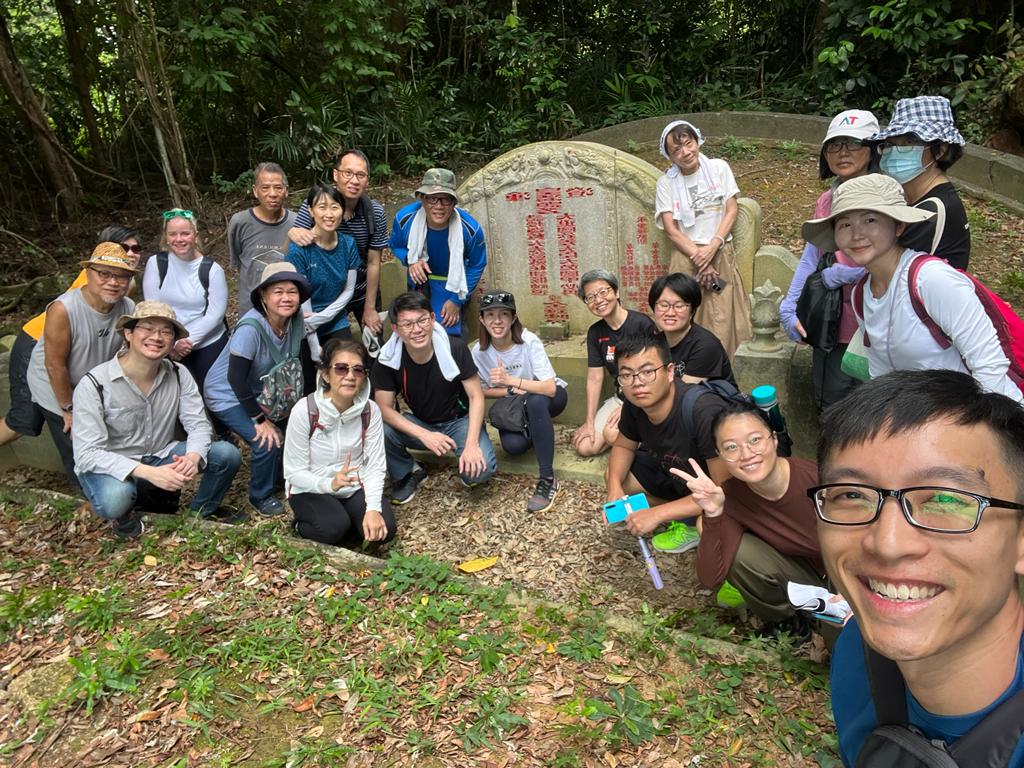
The grave of Tan Kim Ching. Kapitan Cina, Special Envoy in the Siamese court, scion of Tan Tock Seng
This blog post is extracted and adapted from a 2012 issue of Nature Watch. with thanks to the Nature Society of Singapore especially, Dr. Ho Hua Chew. Coming up “ The Spirit of Bukit Brown” by Ilsa Sharp.
Liberation 70 by All Things Bukit Brown
Publishers: Singapore Heritage Society and Ethos Books
Date Of Publication: 5 December, 2015
The Singapore Heritage Society (SHS) and All Things Bukit Brown (atBB) are pleased to announce their plans to publish a collection of essays and poems, mined mainly from oral history and family archives, which looks at the Second World War (1942-1945) and the impact in Singapore from the perspective of those interred at Bukit Brown Cemetery.
The book commemorates the 70th anniversary of the Liberation of Singapore under Japanese Occupation (Sept 1945) by offering new material and insights into the human tragedy of war, which adds another layer to the already vast literature on WWII in Singapore.
“The stories have taken us to the Endau Settlement in Johor, to Taiping (Malaysia) and to the beaches of Normandy in ways so unexpected they took our breath away,” said Claire Leow and Catherine Lim, co-founders of All Things Bukit Brown, a group of volunteers who work to raise awareness of the municipal cemetery. “It is a slow and at times painful unravelling of family history, lost in memory but for the persistence of descendants. It has taken seven decades for some of these fragments to be pulled together, and we see this not as a one-off book but a first step in the difficult journey of re-discovery and re-membering. The narratives also re-affirm to us Singapore’s place in regional and global historical narratives.”
It is a known fact that many who lived through the horrors of war and Occupation barely spoke about those days. The 70th anniversary of the Liberation, coinciding with an outpouring of emotion as Singapore celebrated the Jubilee of independence (SG50), unlocked the memory vaults of strangers who entrusted the editorial team with intimate familial stories and memorabilia. The compilation will span across the immediate pre- war, occupation and post-war years for the people of Singapore. It will also feature a poem of lamentation for soldiers lost in the battle at Bukit Brown, juxtaposed against recently unearthed official archival material on the battle that was fought at Cemetery Hill aka Bukit Brown Cemetery, with anecdotes from the diaries of soldiers, the pastor who bore witness to the aftermath, as well as memories of surviving prisoners of war who lived in the nearby Sime Road POW Camp. Most of this will be new, unpublished material.
SHS is pleased to support this ground-up project, as an extension of the advocacy the society encourages and the Bukit Brown cause that SHS has backed since 2011, when the cemetery came under threat of development first through a highway and later, housing.
“Bukit Brown has unexpectedly turned out to be a touchstone about the loss of heritage – tangible and intangible – in a Singapore eager to modernise and develop,” Chua Ai Lin, President of SHS. “The book is an important evolution of the civil society movement to uphold Bukit Brown as a site of national significance, and illuminate one of its more fragile narrative threads. It brings together at once the strategic and personal importance of the site, and SHS is pleased to once again support All Things Bukit Brown, which has evolved from a volunteer base guiding weekly public tours and regular customised tours, to hosting exhibitions and participating in arts programmes to reach as broad a support base as possible to save what is left of the site.”
The book, which now has the working title “Liberation70”, is ultimately a tribute to those among us, civilians and soldiers who laid down their lives. In the Ode of Remembrance read at most war commemoration ceremonies worldwide, the public repeats the key line, “We will remember them.” This is our collective act of remembrance.
The book will be co-published by the Singapore Heritage Society and Ethos with a partial grant from the National Heritage Board, under its Heritage Participation Grant. All proceeds from the book will be channelled into future Bukit Brown projects.
————————————————————
Singapore Heritage Society was founded in 1987 and is a non-profit, non-governmental organisation and registered charity with Institution of Public Character (IPC) status. It is Singapore’s leading organization dedicated to research, education and advocacy on Singapore’s history, heritage and identity. SHS is behind many significant publications on Singapore history including Syonan: Singapore under the Japanese, 1942-1945 (1992); Memories and the National Library: Between Forgetting and Remembering (2000); Spaces for the Dead: A Case from the Living (2011).
All Things Bukit Brown (atBB) is the banner for a community of volunteers who conduct independent research and guided walks on Bukit Brown Cemetery. Since they came together as a community in 2012, they have collectively organised public talks with partners such as the NUS Museum and Chui Huay Lim Club, two exhibitions and successfully nominated Bukit Brown Cemetery as the first site in Singapore to be placed on the World Monuments Fund Watch list 2014-2016. Claire Leow and Catherine Lim, co-founders of the blog, bukitbrown.com are the editors for the book, backed by a volunteer editorial team from within the community.
All Things Bukit Brown is pleased to announce that it is the first recipient of the Civil Society Advocate Organisation of the Year Award in the inaugural Singapore Advocacy Awards. This is our acceptance speech at the ceremony on August 30, 2014.
“We are honoured and humbled to have been deemed deserving to receive this award by a dedicated and diverse panel of activists, many of whom have worked tirelessly and for a much longer time on a variety of causes such as foreign worker abuse, AIDS awareness and education, the protection of women’s rights and the championing of the local arts scene.
While we are very much the “new kids on the block” among causes highlighted today, we have stalwarts before us who championed the cause of heritage preservation and protection. We look upon this award as encouragement and affirmation, that what we do in promoting awareness of the Habitat, Heritage and History of the iconic Bukit Brown Cemetery is contributing to the growing voices of concern about how rapid development has resulted in the loss of our old places and a growing sense of alienation of what is home.
Our encounters on the ground talking to and documenting stories from tomb keepers to descendants have been enriching, and our wider Bukit Brown experience has led us to places we have never been, to temples and other areas of cultural and ethnic significance, and in observing the customary rites and rituals which are being practiced today, and further afield to maritime port cities linked to our past. By celebrating the rich diversity of a shared past which is being kept alive by sheer dint of devotion and effort, we find ourselves sharing in a larger collective act of preservation of our culture and identity. We are far from alone.
In receiving the honour of this award, we pledge to continue to engage in conversation and in concert with all stakeholders to make heritage a part of the development paradigm, and to re-imagine spaces which will reinforce memory and identity from one generation to another generation.
We would like to thank especially Raymond and Charles Goh, for leading the way and sharing with us so generously and so passionately all your research from when both of you started exploring Bukit Brown eight years ago. Our abiding gratitude goes to the community especially on Heritage Singapore – Bukit Brown Facebook group which have encouraged and supported us, and which enlivens Bukit Brown daily with the members’ sharing of interesting articles and stories, anecdotes and sometimes grave discussions. It is your enthusiasm that led us all on this journey; unlike most online communities, we are glad to have met many of you face-to-face in on- and off- site events.
We thank the Singapore Heritage Society for nominating us and finally we thank the SAA for this honour, which we will endeavor to live up to. We have much to live up to.
We acknowledge and congratulate all the other nominees. For us, it was enough to have been nominated.
This initiative by SAA makes all of us nominees winners because it celebrates the acts and sacrifices made by volunteers across different communities. Volunteers are the heart of many communities, raising awareness, lifting spirits, affirming shared values, shaping aspirations, and connecting the different threads of society into a fabric that is stronger for weaving its constituents together. Volunteerism is often driven more by passion and purpose than resources, and demands us to be creative, persevering and collaborative. It is often, especially in the nascent stages, lonely and intimidating, confusing and almost crippling in the face of lofty expectations of what a few individuals can and should achieve.
We acknowledge and endorse the efforts of the SAA to bring voices to the communities that need encouraging, causes that need acknowledgement and affirmation, and issues that benefit from airing in public discourse. We do ourselves a service by taking ownership of issues and responsibility for making dreams a reality. This is our contribution to our society. It is humbling to be acknowledged.
Next year, we as a country will commemorate the 50th anniversary of the founding of Singapore as a republic, and the 70th anniversary of the liberation of Singapore from occupation during WWII. We salute all the communities and civil society activists before us who have taken our country to where it is today.”
Claire Leow & Catherine Lim, Co-Founders, All Things Bukit Brown
***

The Brownies with Constance Singam, one of the judges and a highly esteemed civil activist and writer
- T. Sasitharan (Panel Chair) – Arts educator and Cultural Medallion winner
- Cherian George – Academic
- Richard Ho – Architect
- Faizah Jamal – NMP & Environmental Activist
- Sharon Siddique – Consultant
- Constance Singam – Civil Society Activist and Writer
- Wong Ting Hway – Medical Doctor
- Geoffrey Yu – Arts Supporter and Former Diplomat
“Activism and advocacy are the cornerstones of an active and vital civil society movement and the need to establish and protect free space for civil society has never been more urgent than it is now,” said Mr Sasitharan. “A strong civil society will lead to healthy, functioning democracies. Conversely, healthy, well-functioning democracies must allow strong civil societies to exist.”
“If civil society in Singapore is to grow and mature, then it is crucial that good advocacy work that makes an impact on society, that is engaged with the community and that empowers people, should be properly recognised, acknowledged and applauded.” (Source: TOC article here)
The Honours List:
ACRES * All Things Bukit Brown * Braema Mathi * Chan Li Shan * Damien Chng * Eugene Tay * Jeremy Boo and Lee Xianjie * Louis Ng * M Ravi * Pink Dot
Advocate of the Year: Braema Mathi (President of Maruah, a human rights advocacy group)
Advocate of the Year: Louis Ng (ACRES – Animal Concerns Research and Education Society)
Advocacy Organisation of the Year – All Things Bukit Brown
Most Promising Advocate – Chan Li Shan (mental health advocate, author of A Philosopher’s Madness)
Most Promising Advocate – Damien Chng (We Believe in Second Chances)
***
The citation:
Postscript: It is worth mentioning that we acknowledged fellow nominee Eugene Tay, who supported us from the early days, and blogger Jerome Lim of The Long and Winding Road fame, for bringing us together. They inspired us in their railway walks, a precursor to the Green Corridor campaign.
We received the award from William Lim, one of the greatest honours we have experienced.
Lim Su Min, a Brownie and a descendent of Tan Tock Seng and Lim Boon Keng, sketched the historic inaugural awards:
Related Posts:
Bukit Brown named World Monuments Watch site
Globalising the Local
( a forum organised by the Singapore Heritage Society)
4 November 2013
In December 2012 the historic Singapore Botanic Gardens became a nominee for UNESCO World Heritage site status. In October 2013 Bukit Brown was selected by the World Monuments Fund to be included in the 2014 World Monuments Watch list. Two equally deserving heritage sites on different pathways towards international recognition. What does it mean to be recognised as a World Heritage site or to be on the World Monuments Watch list? Are these new ways of thinking about the significance of heritage in Singapore? Can heritage give us insights into what being global means for Singapore and Singaporeans?
Join us at the Forum where we will hear expert speakers explain the meaning and significance of these developments.
Please register early as seats are limited:
https://
10 November 2013, 2-4pm
Ngee Ann Auditorium, Asian Civilisations Museum
Moderator
Dr Chua Ai Lin – President of the Singapore Heritage Society
Speakers
Dr Kevin YL Tan – President, ICOMOS Singapore
Dr Ian Chong – Political Scientist
Ms Faizah Jamal – Nominated Member of Parliament
Dr Lai Chee Kien – Architect
By Eugene Tay
Eugene helms the movement “We support the Green Corridor” and is one of the partners of All Things Bukit Brown.
The Green Corridor is a former railway while Bukit Brown is a cemetery, so different yet so similar. The Green Corridor and Bukit Brown both connects the past and future, and both involves heritage and the environment. I hope that all of you can support the preservation of Bukit Brown, just as you have actively supported The Green Corridor so far.
I supported The Green Corridor proposal by NSS because I feel that it would improve Singapore’s long-term resilience. The biggest threat to Singapore is apathy, and when Singaporeans do not feel a sense of belonging and are not bothered with what goes on here, then Singapore is in trouble.
For Singapore to survive and prosper in the long term, it is necessary to have more opportunities in preserving our shared memories and creating our shared vision. And keeping the railway lands as a Green Corridor is one opportunity not to be wasted.
Similarly, I feel that Bukit Brown is another excellent opportunity that enables Singaporeans to feel they belong here by remembering our past and creating our future.
Remembering Our Past
Bukit Brown tells the stories of our forefathers who built Singapore, and creates opportunities for history education and discovery. The cemetery connects Singapore’s past and present, and allows us to understand that Singapore’s success is built up by our forefathers’ sweat and tears, and should not be taken for granted.
We should preserve Bukit Brown because it helps us remember our past and keeps us rooted to Singapore.
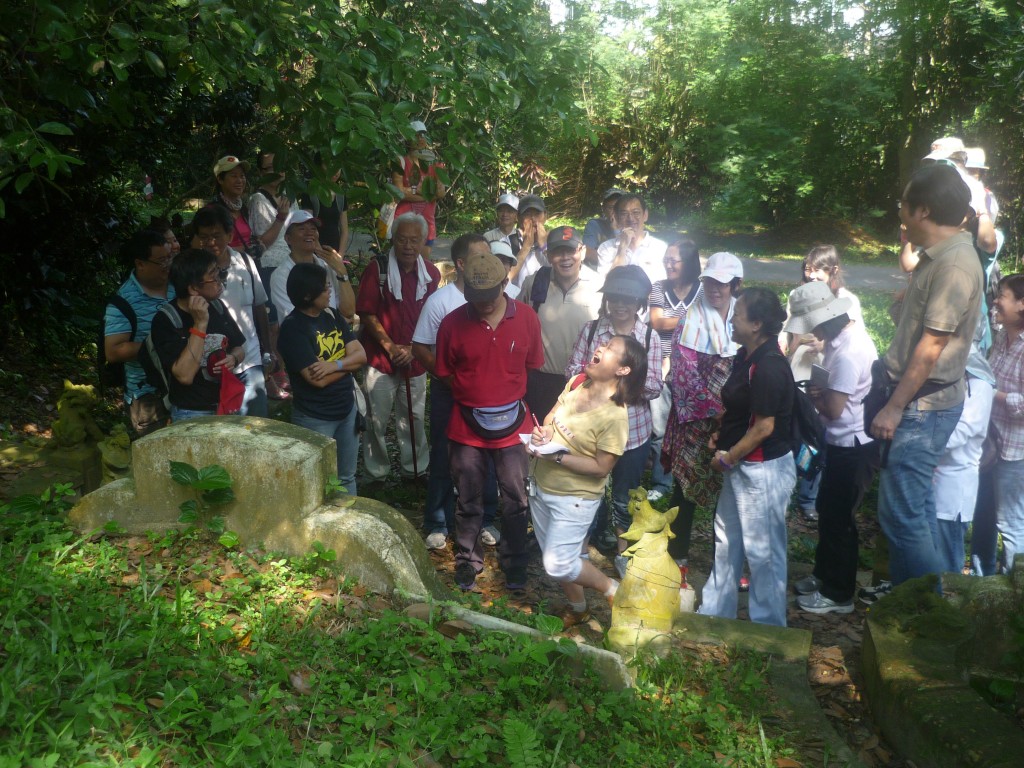
Intense interest in the historical tombs and shared camaraderie on public tours (photo Catherine Lim)
Creating Our Future
Bukit Brown presents the opportunity for transforming the cemetery into a world-class living outdoor museum or heritage park. If this transformation adopts a bottom-up approach and with stakeholder engagement, it would allow us to come together, plan and work towards a future Singapore where heritage, nature and our economic needs can co-exist.
We should preserve Bukit Brown because it enables us to work together and build bonds and resilience, and to create a space where our children and their children can enjoy and be proud of.
Support Bukit Brown
Singapore is a young nation and needs more common spaces like The Green Corridor and Bukit Brown to remind us how we got here and why this is home, and to create opportunities for building our future social resilience. Support Bukit Brown, just as you have supported The Green Corridor.
Here’s what you can do:
1. Sign the petition to save Bukit Brown 100% at the SOS Bukit Brown – Save Our Singapore website.
2. Join the Heritage Singapore – Bukit Brown Cemetery Facebook Group to understand more about Bukit Brown and keep yourself updated.
3. Spread the message by sharing with your friends about Bukit Brown and urging them to sign the petition.
In the end, our society will be defined not only by what we create, but by what we refuse to destroy. – John C. Sawhill
By Eugene Tay
Red Stem-fig tree ( Ficus variegata)
Ferns grow close to the ground
An edible fern found at the foot of hill leading up to Ong Sam Leong’s gravesite
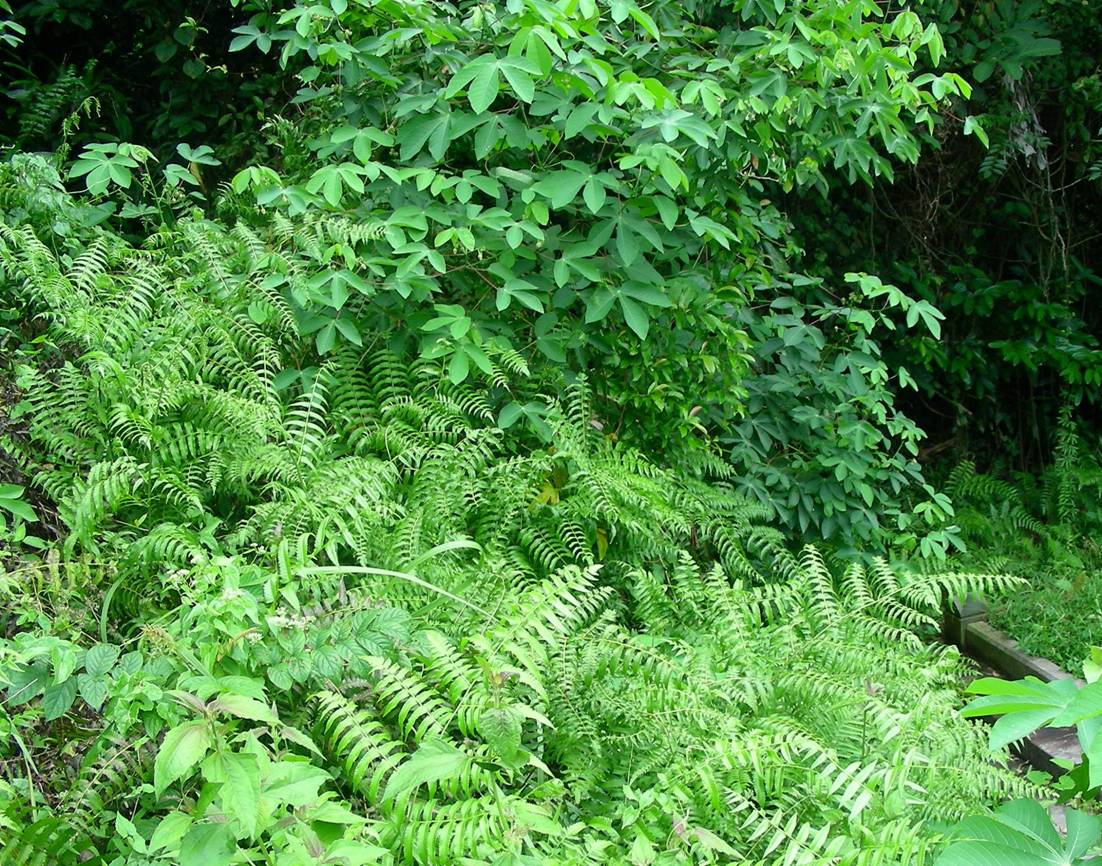
An edible fern, delicious saute with sambal belachan (a Malaysian dish) according to Angie (photo; Angie Ng)
Ferns also grow on hospitable rain trees

This bird’s nest fern in turn hosts a nest for a family of bats. Cuifen who took this photo spotted four. can you spot any?
The False Curry Leaf Plant (Clausena excavata)
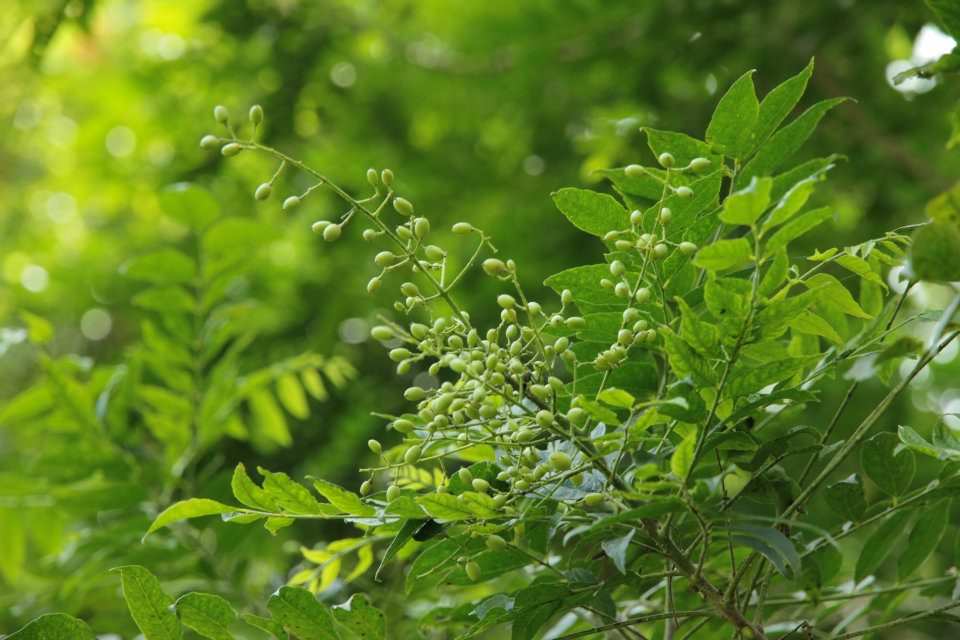
The False Curry Leaf Plant is a small tree which looks like a Curry Leaf plant and whose leaves also smell like it. But its small flowers are in panicles and its green oblong berries ripen pink. (photo Cuifen)
Geophila repens
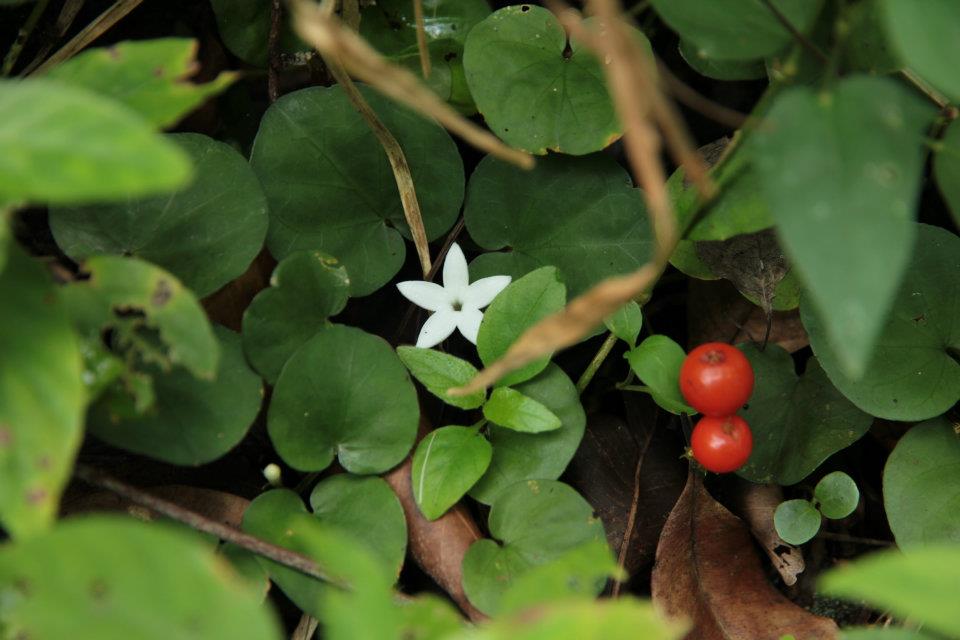
Geophilia repens with tiny white flower and bright red berries creeps among the grasses under shady trees.
Salam Tree ( Syzygium polyanth )

The Salam tree is flowering and dropping bunches of its creamy white stamens. Salam leaves are used to flavour your favourite local breakfast dish, lontong. (Photo: Cuifen)
The Napkin tree
And the most spectacular of the flowering plants : Wild Orchids
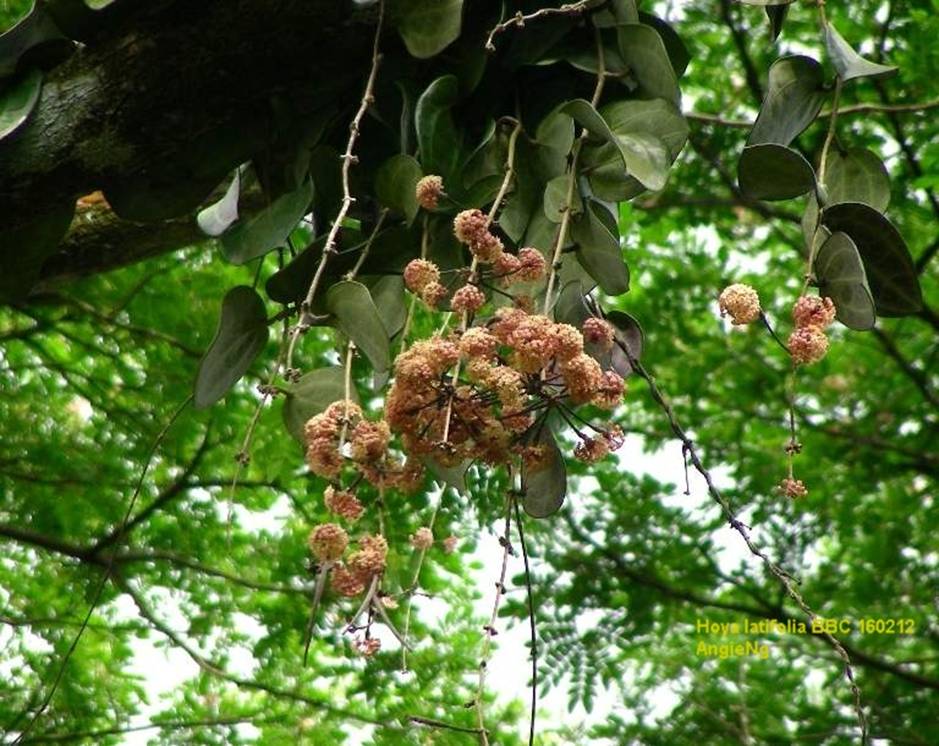
Hoya Latifolia – The waxed flowers hangs high on an old rain tree, leaves are almost heart shaped (photo by Angie Ng)
Read the NSS Position Paper on Bukit Brown
For more ways to take action, go to the SOS site for ideas such as letter-writing, sharing the petition, or volunteering your skills.
Heritage. Habitat. History.
is a ground up effort to preserve the former KTM rail corridor that traverses Singapore from North to South as The Green Corridor.
(The Rail Corridor after tracks, ballast and all equipment had been returned to Malaysia)
We support the preservation of Bukit Brown because like The Green Corridor , it is about heritage and the environment, connects the past with the present and leaves a legacy to the next generation.
We were successful in engaging with the authorities to let Singaporeans share their ideas here on how they would like to see The Green Corridor be developed. We wish Bukit Brown the same success.
To support our ongoing effort, please like this page
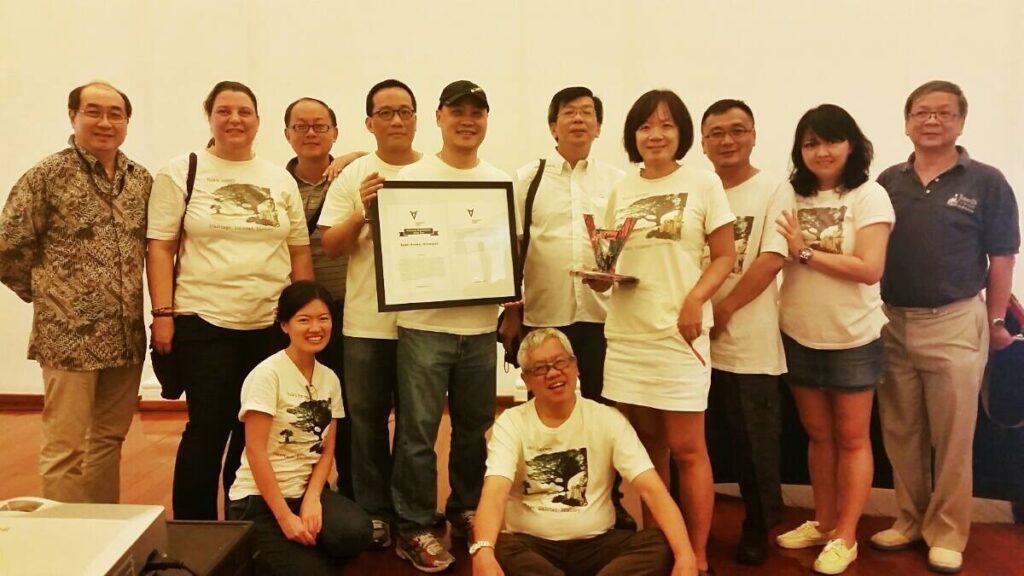
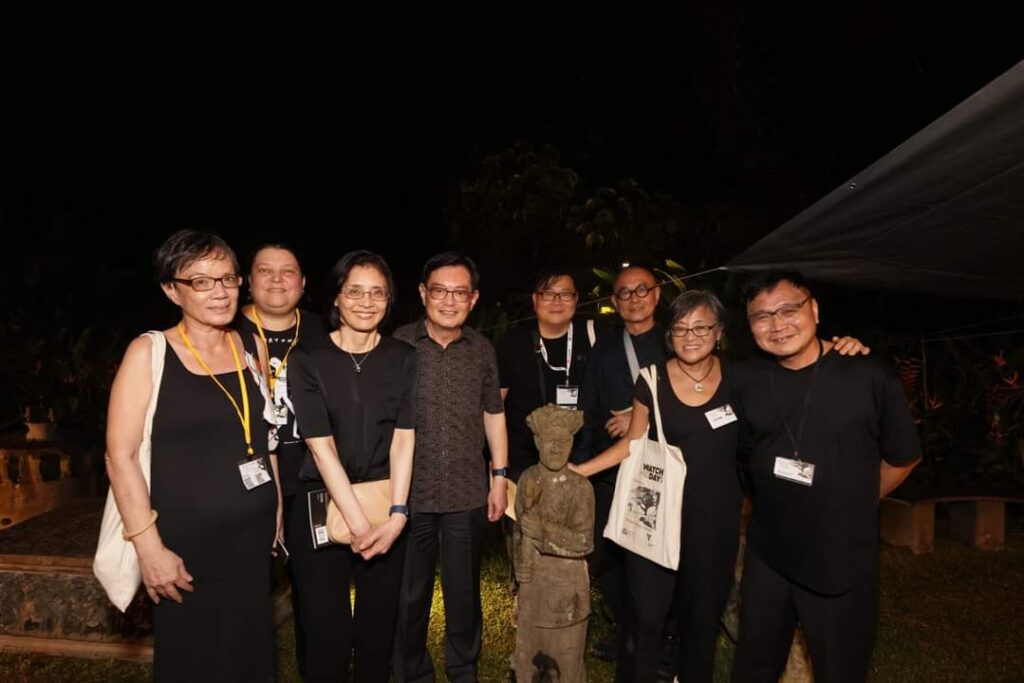
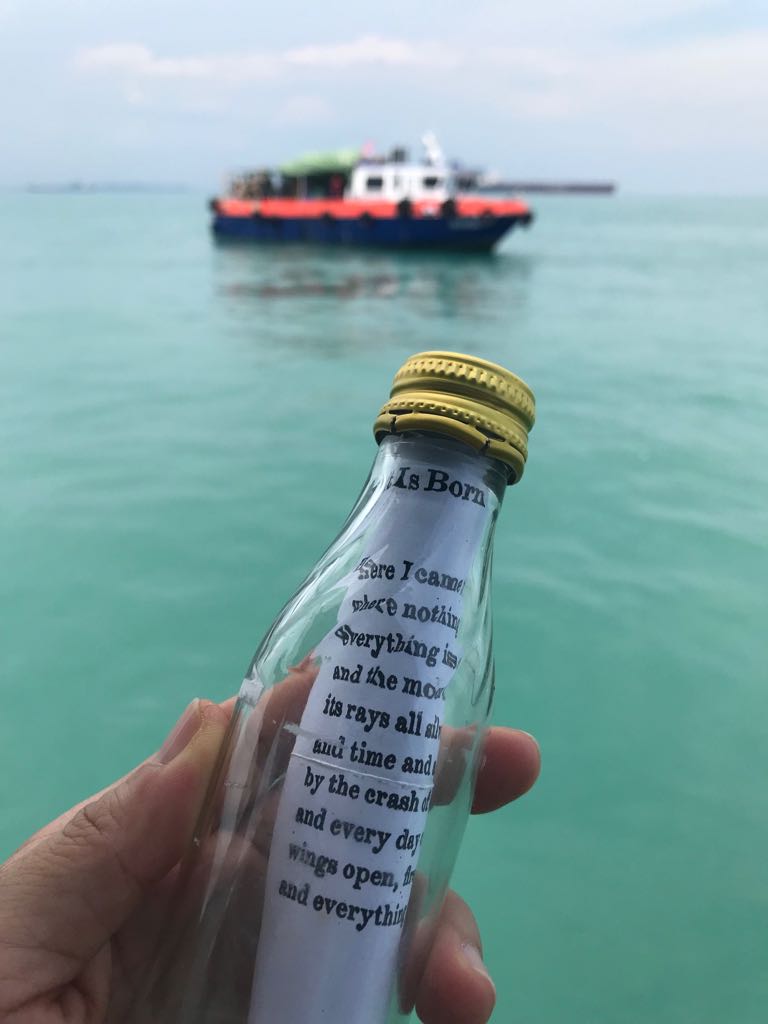

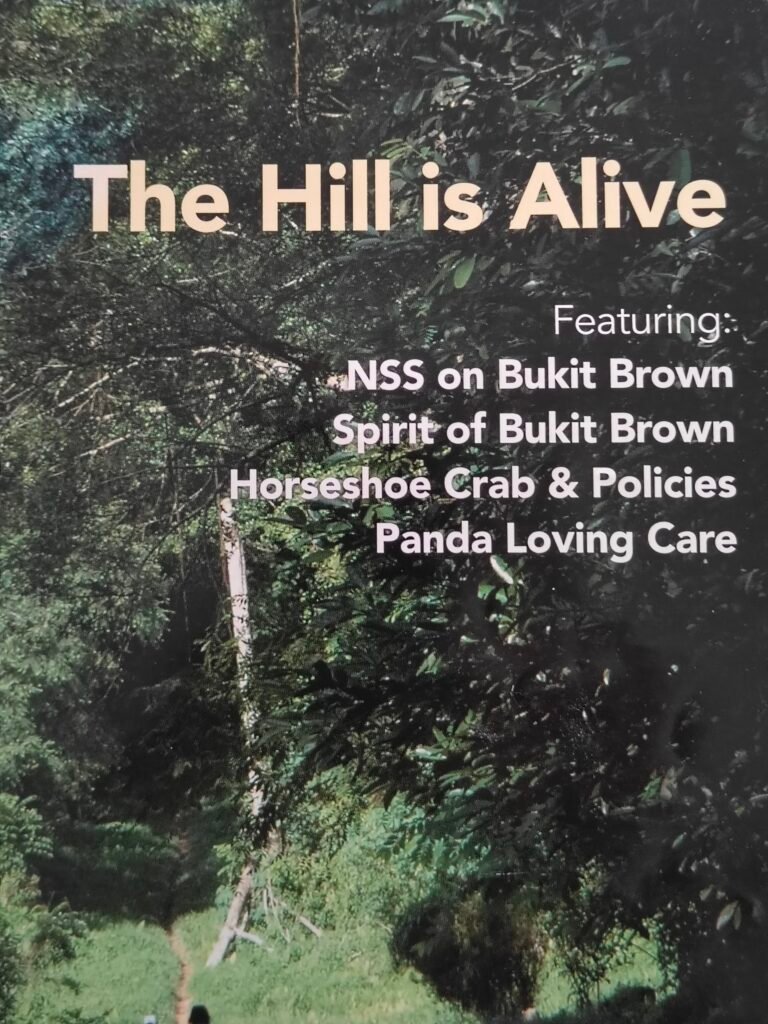


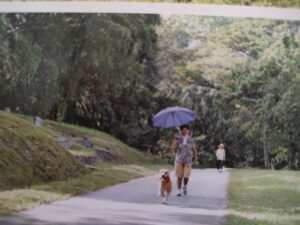

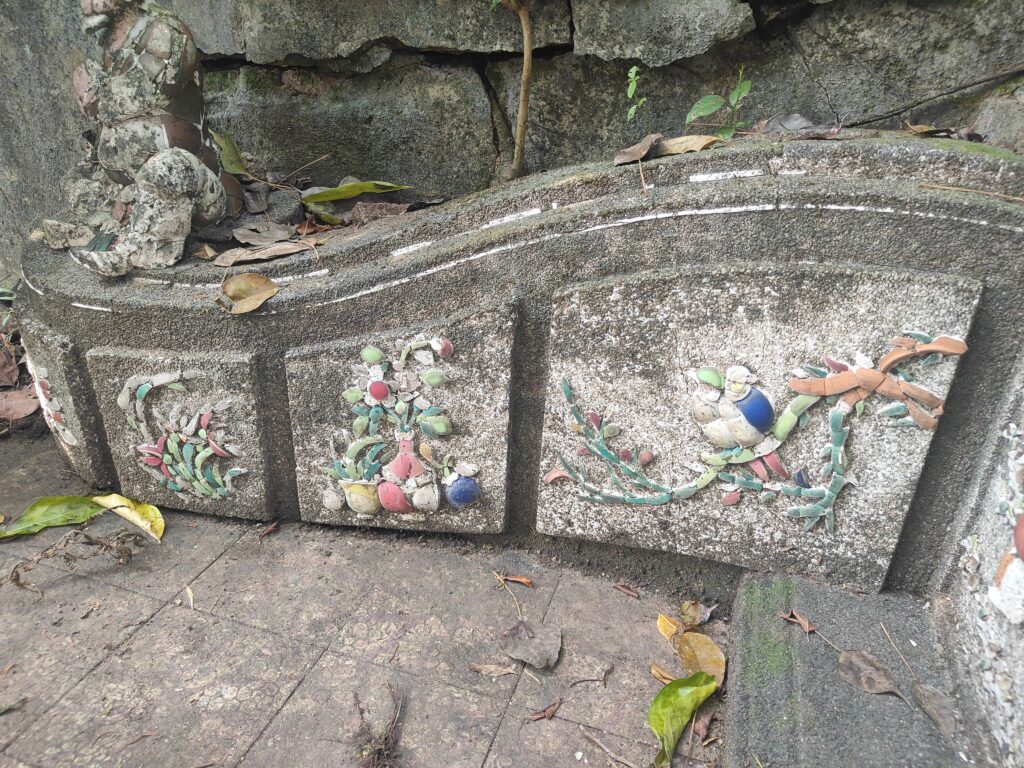
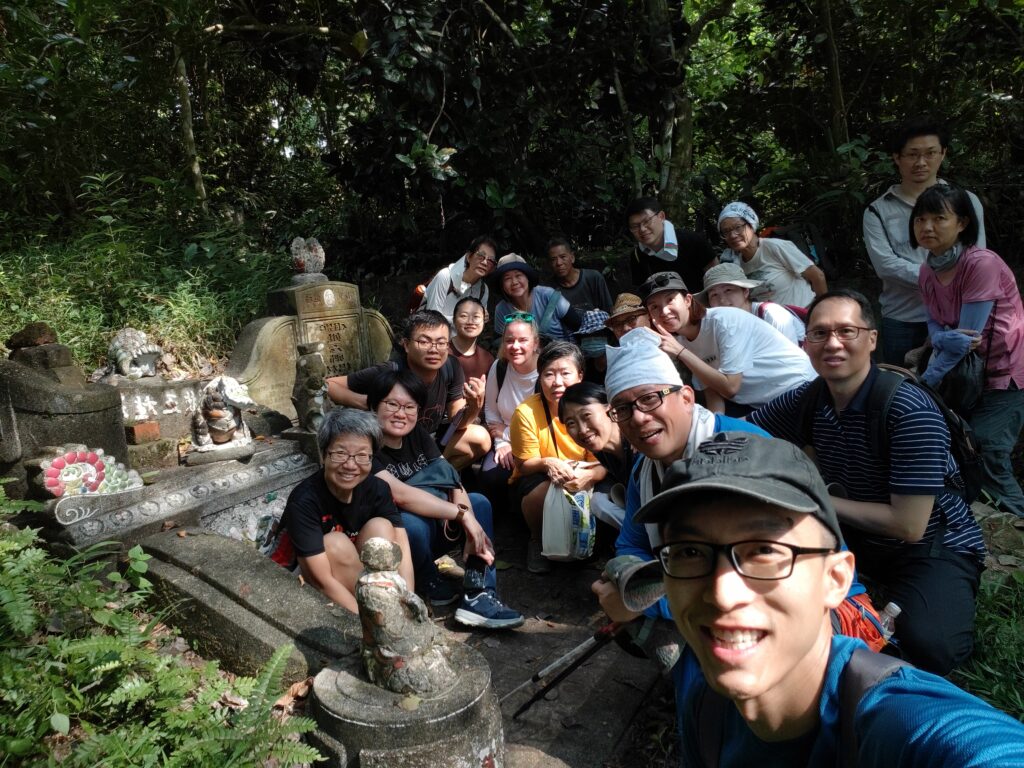
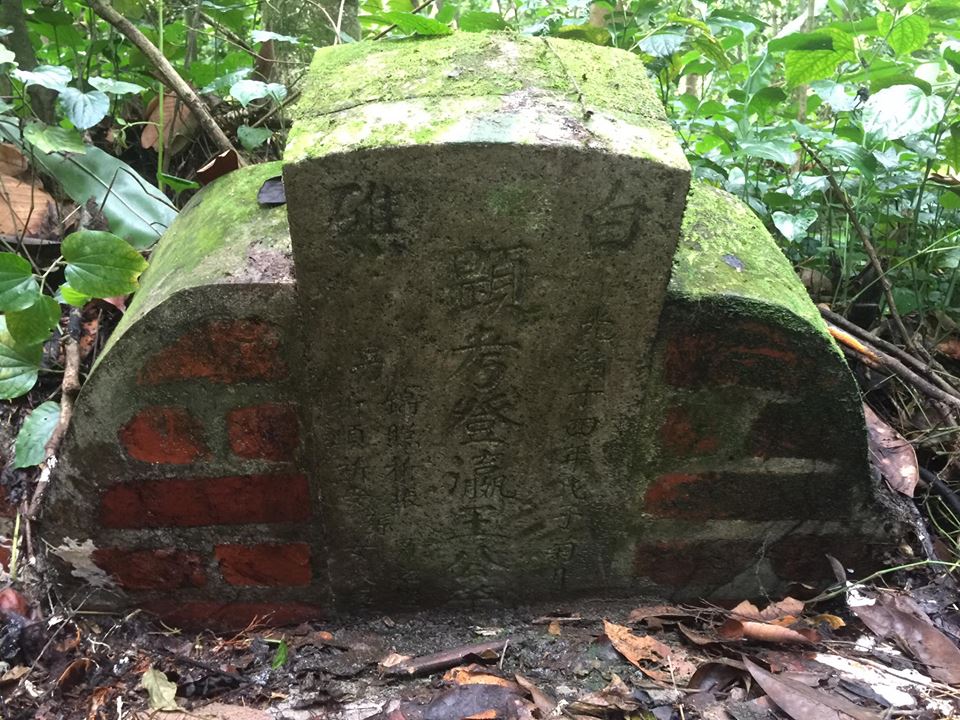
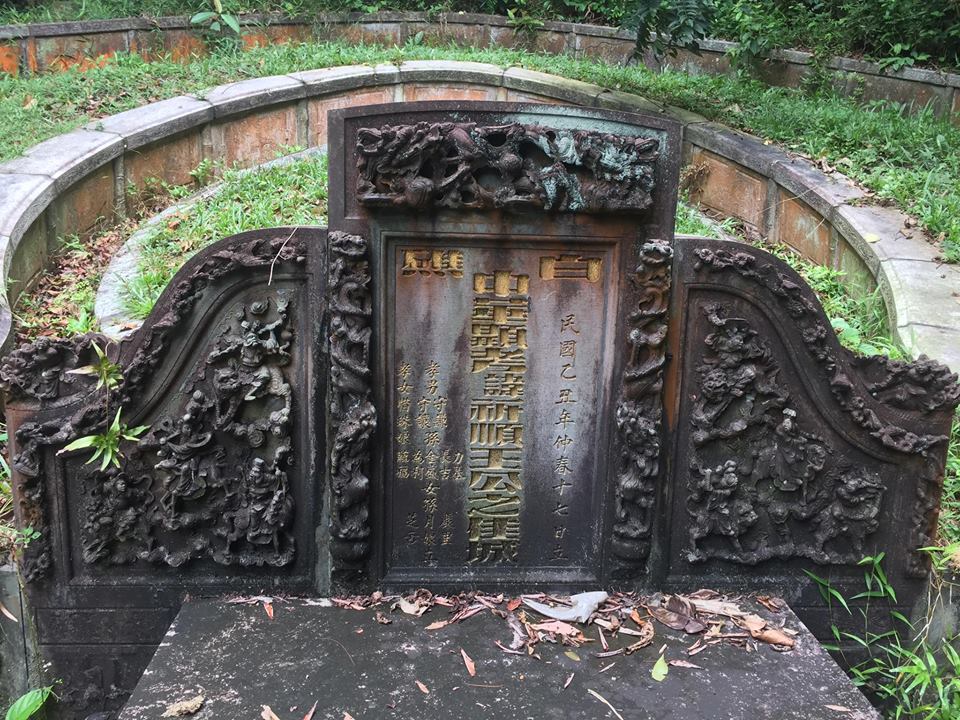
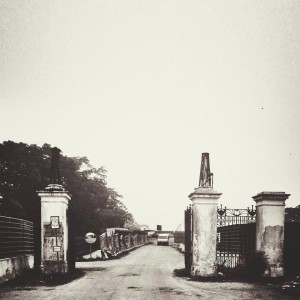









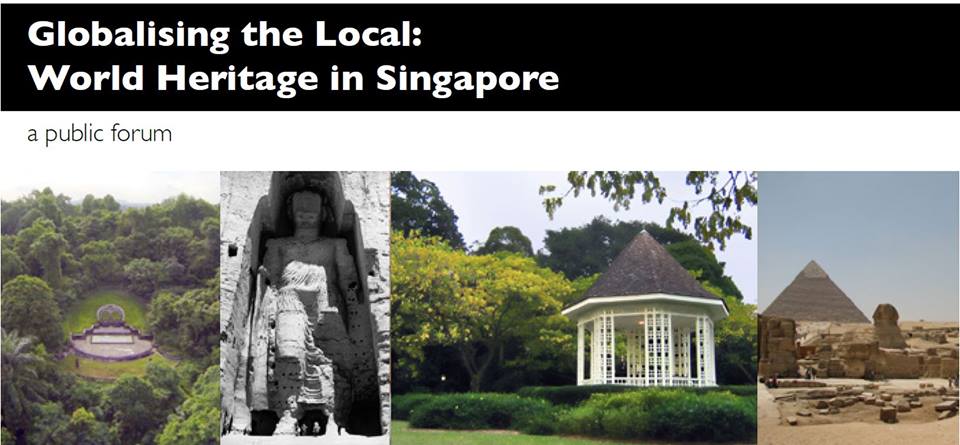

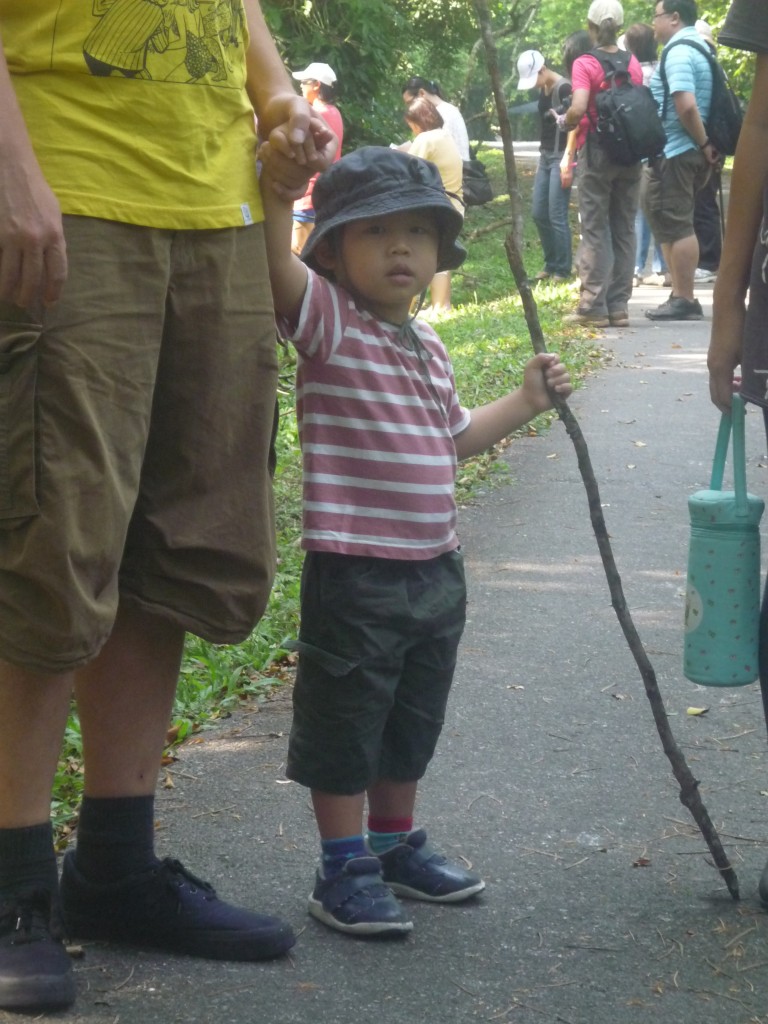
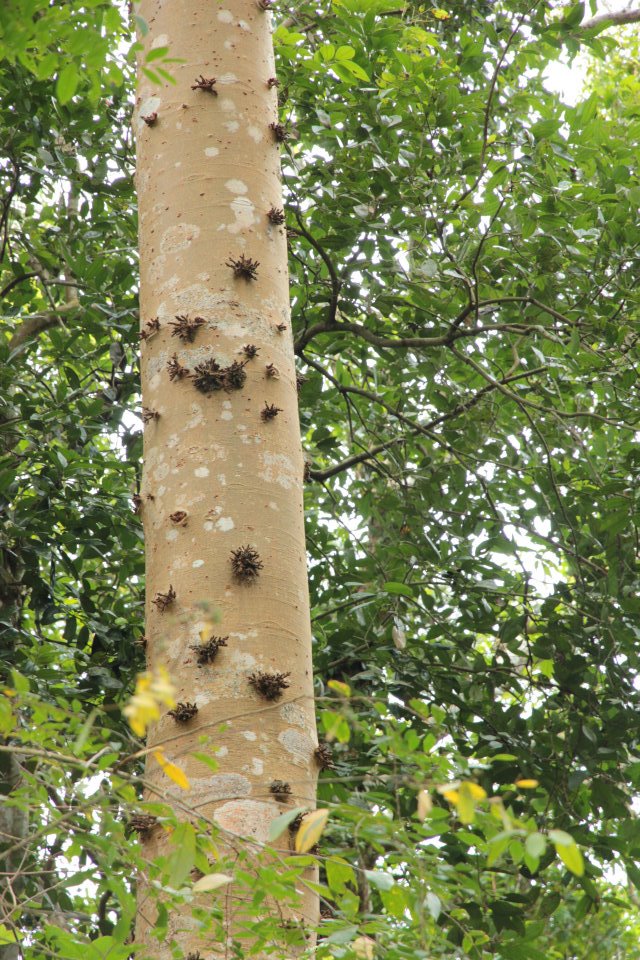



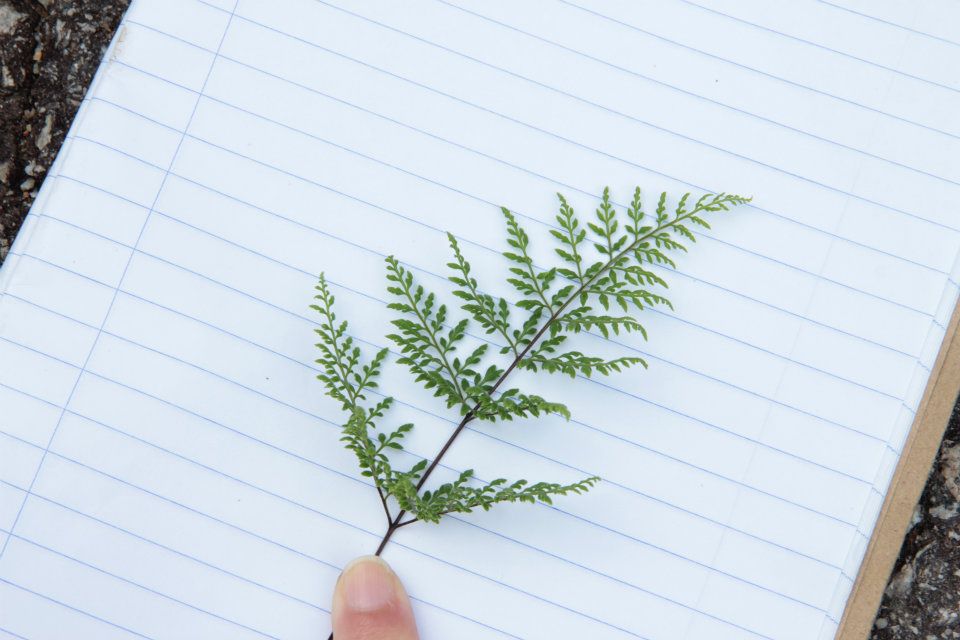
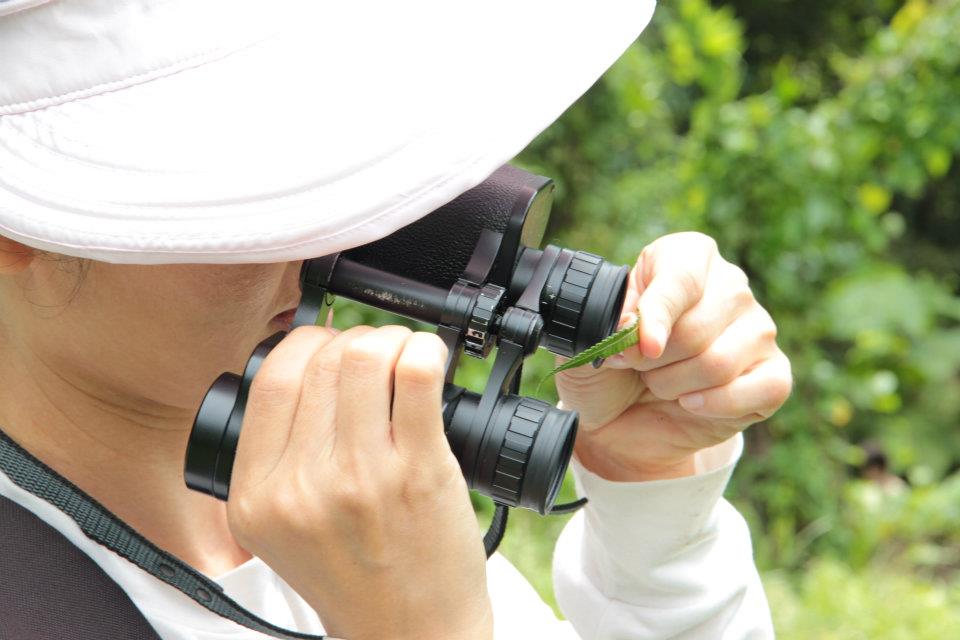

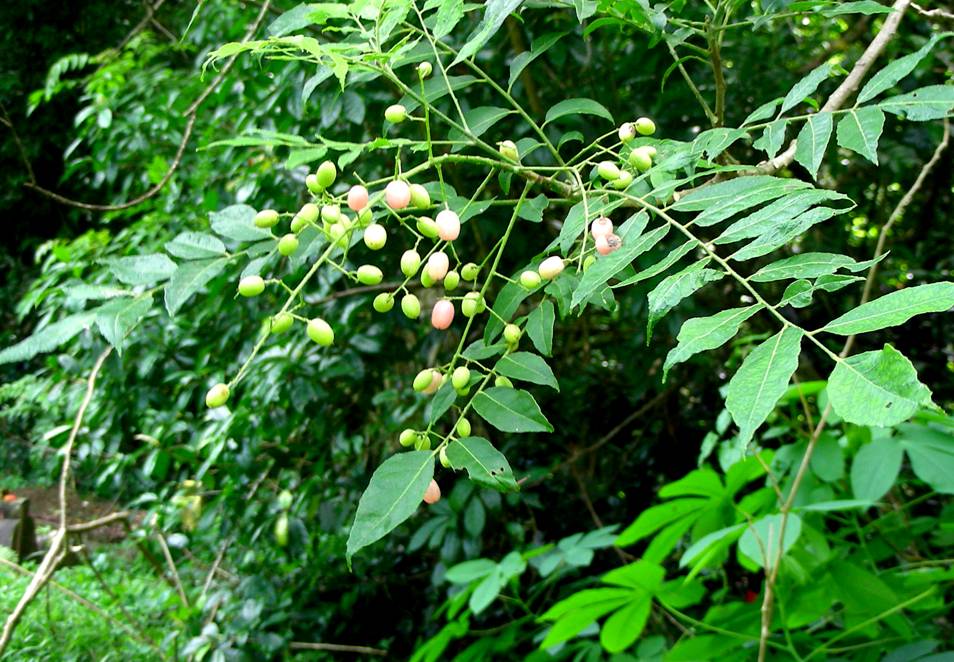


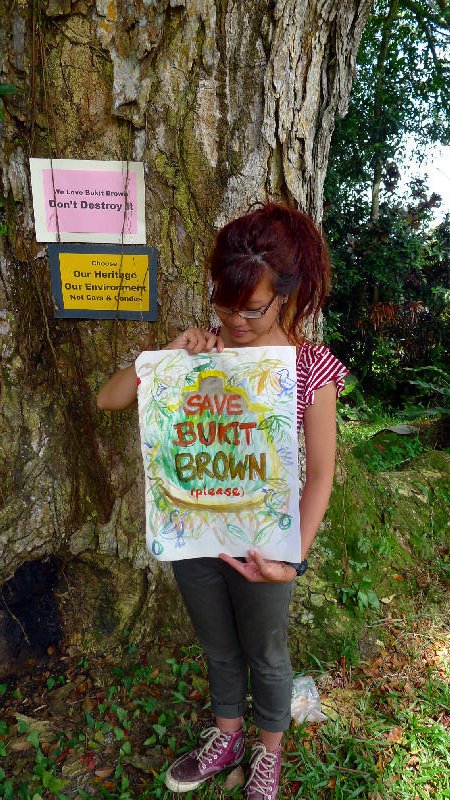
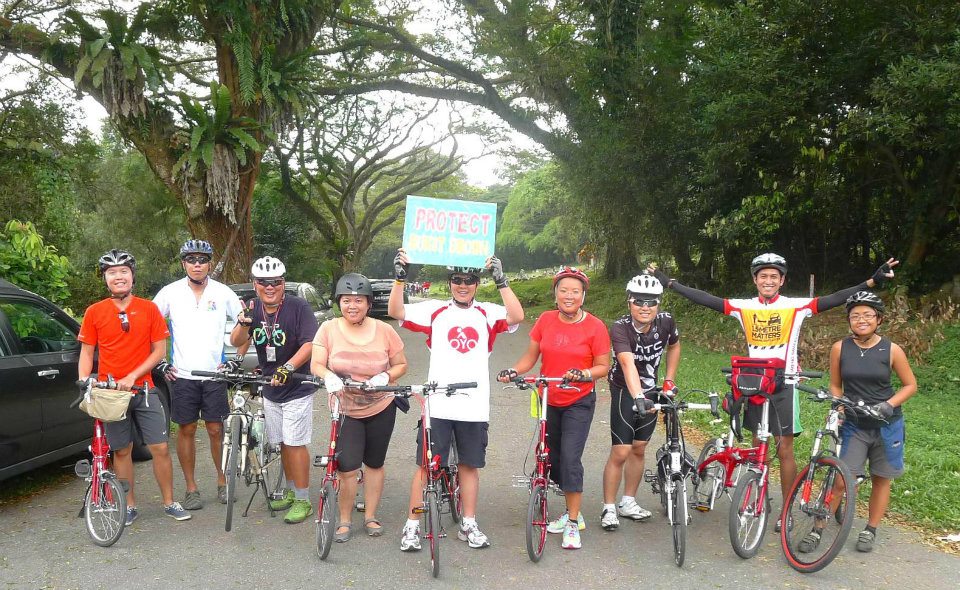
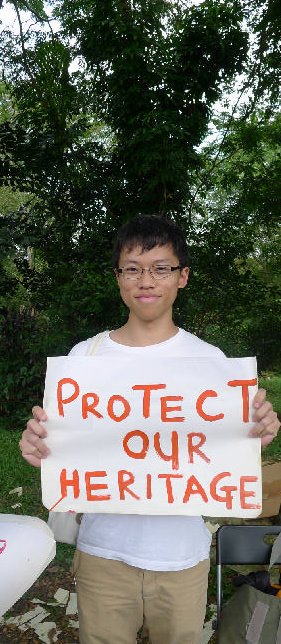


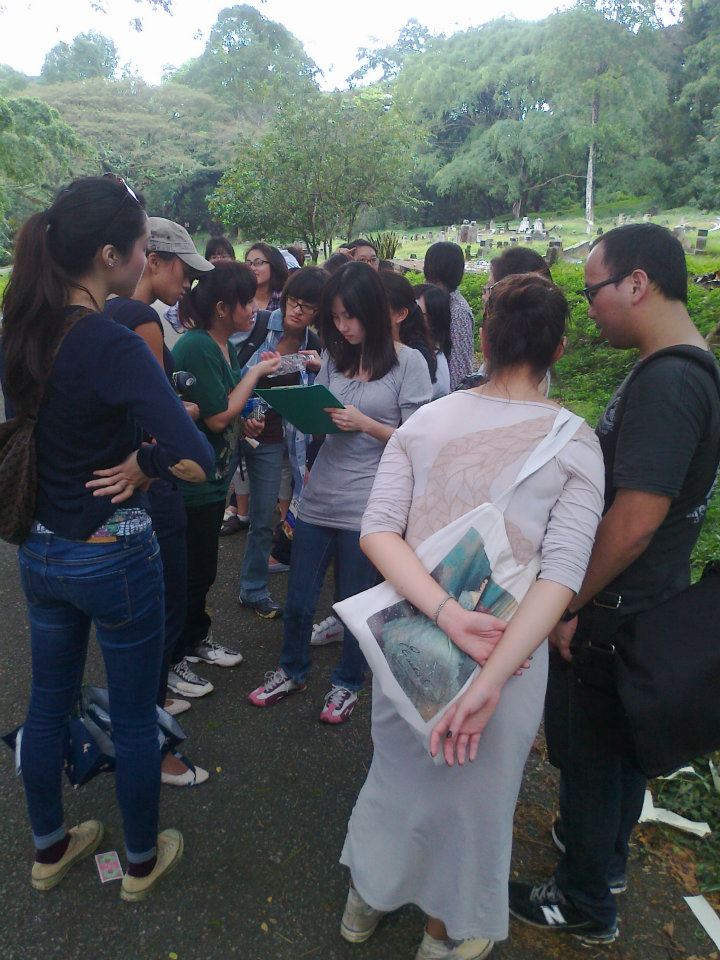
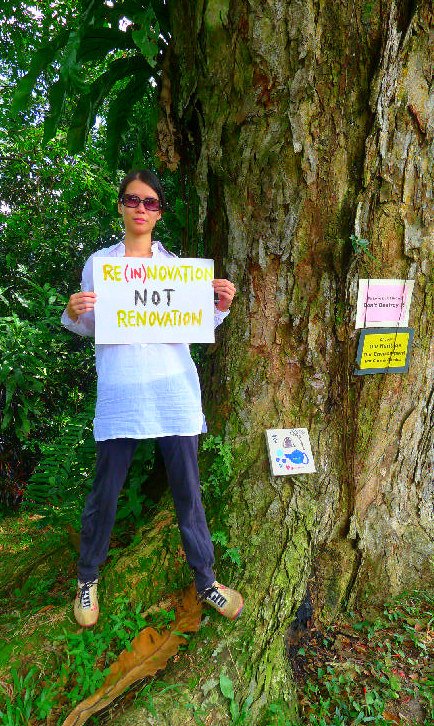
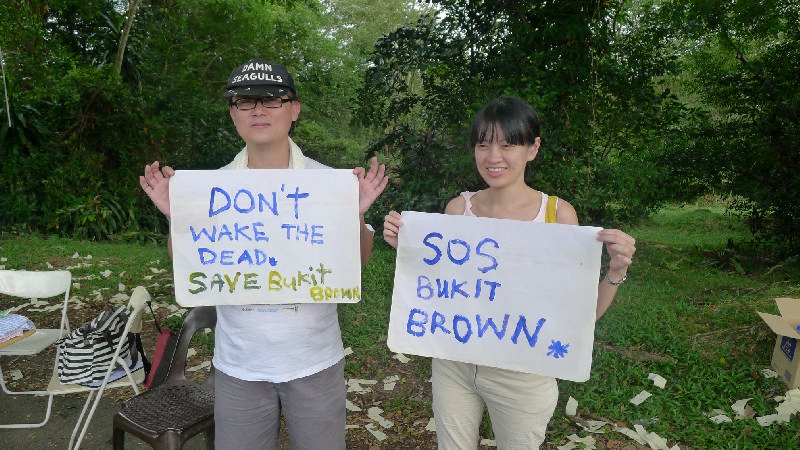



Recent Comments